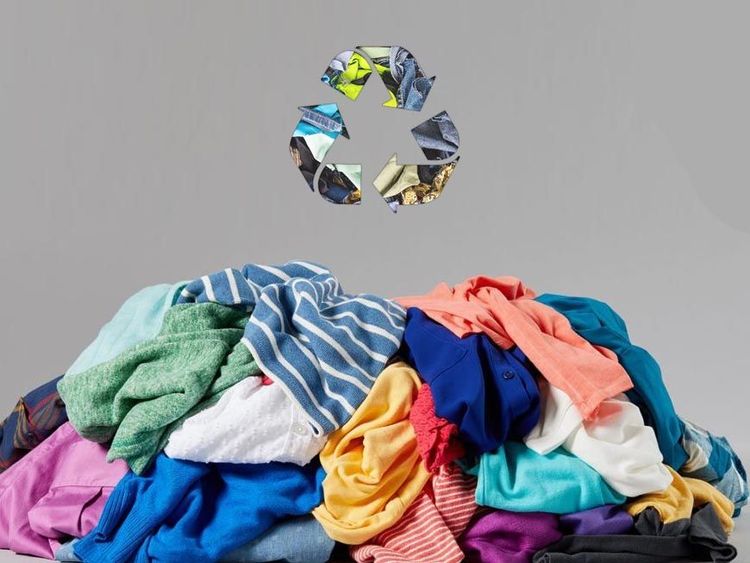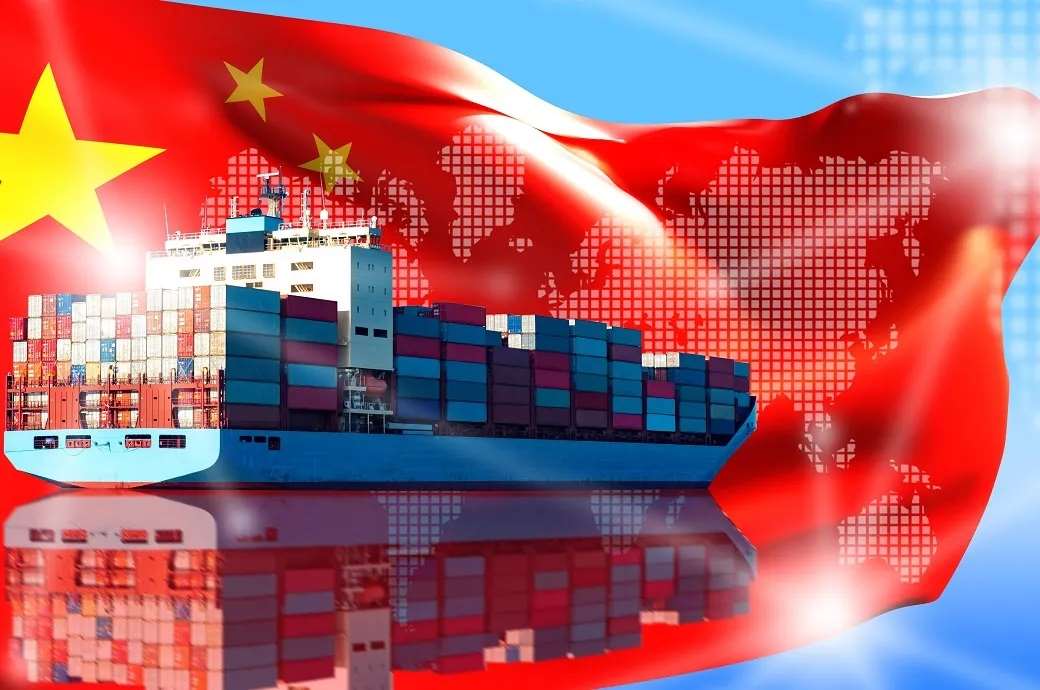The Confederation of Indian Textile Industry (CITI) has urged the Indian government to consider implementing a temporary Textile Exports Protection Scheme to help exporters manage the burden of increased tariff costs. This request comes in response to the Trump administration's 90-day pause on reciprocal tariffs, which CITI views as only a temporary measure.
The textiles industry body stressed the importance of intensified engagement between the Indian government and its US counterparts to reach a more sustainable and mutually beneficial long-term solution. The United States stands as the largest destination for Indian textile and apparel exports, making this issue of significant concern for the industry.
US President Donald Trump a 90-day deferral of reciprocal tariffs that were initially scheduled to take effect on April 9. These tariffs would have impacted 75 countries, including India, with which the US has a trade imbalance.
However, alongside this temporary reprieve, the US significantly increased the tax rate on Chinese imports to 125 per cent, effective immediately. Furthermore, the previously imposed higher 10 per cent tariff on these goods, which took effect on April 5, will remain in place. For India specifically, the additional 16 pe cent duty has been put on hold for the 90-day period.
Rakesh Mehra, Chairman, CITI, stated, while the temporary relief offers a short-term respite for Indian textile and apparel (T&A) exporters who were anticipating higher tariff barriers, it is not a lasting solution. He emphasized the critical need for the Indian government to intensify its discussions with US representatives to achieve a more stable and mutually advantageous outcome.
Highlighting the importance of the US market, Mehra noted, it is the top destination for Indian T&A exports. He explained, while the government is actively pursuing bilateral negotiations for improved tariff access, the industry strongly urges the consideration of an interim Textile Exports Protection Scheme. He argued, such a scheme would help mitigate the impact of the additional tariff costs, especially considering the very narrow profit margins under which T&A exporters typically operate.
Pointing out to the strategic opportunity presented by the ongoing trade tensions between the US and China, Mehta suggested, as the US looks to diversify its sourcing away from China, India has the potential to emerge as a reliable alternative. However, realizing this potential will require proactive diplomacy and a focused effort to secure a more favorable and stable tariff regime, he stressed.











